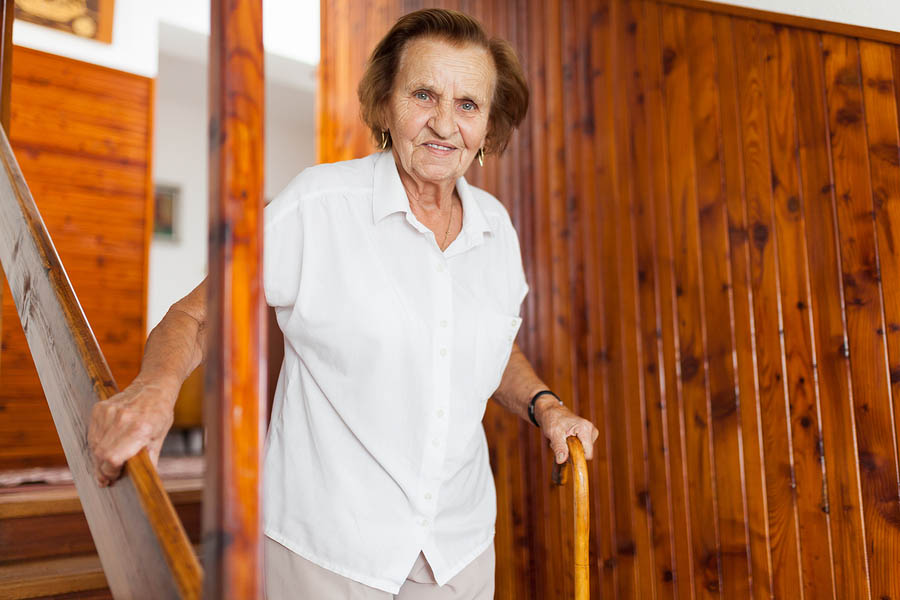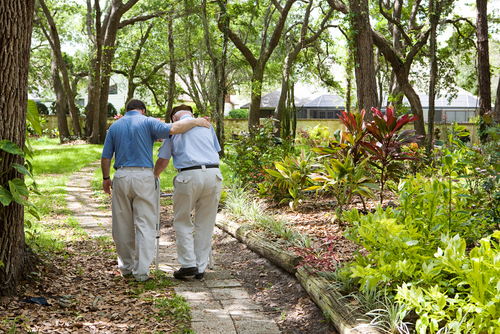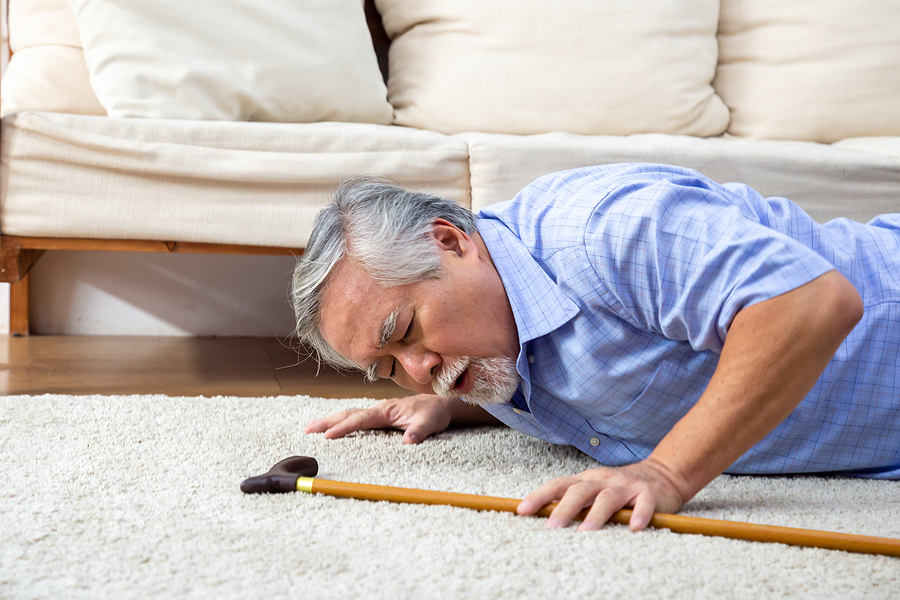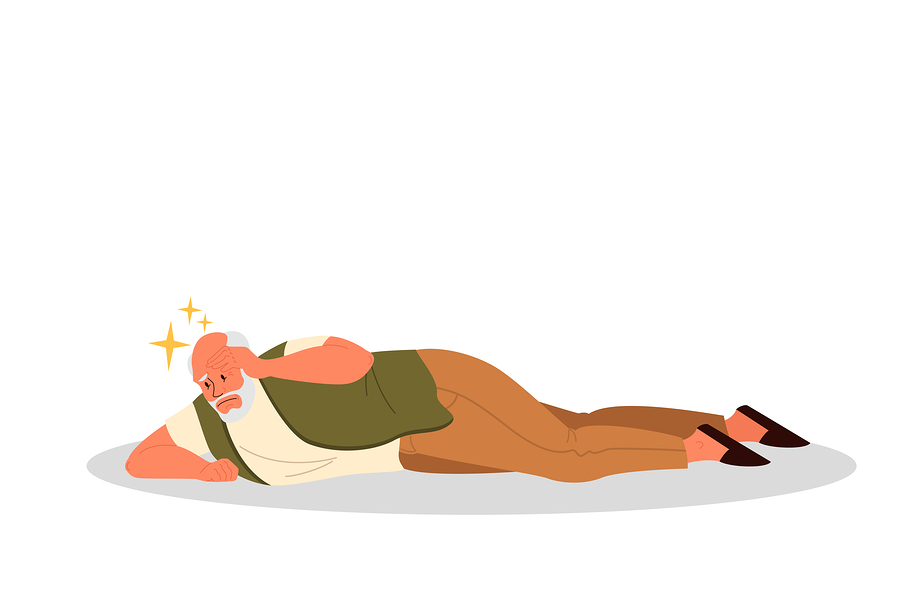Modifying Stairs for the Elderly

Many seniors are only one fall away from a loss of independence. And for people who live in homes with stairs, there’s an added risk. But there are actually many ways to make stairs easier and safer for the elderly. Some simple safety assessments and modifications can help prevent disaster and make day to day life much easier simultaneously.
Making stair modifications can be especially important for people with vision problems, difficulties with walking or balance, or lower body weakness. Even small changes can have a big effect on home safety, so providing stair support for the elderly is often as simple as taking basic precautionary steps.
Below you can learn more about how to make stairs safe for elderly people, and take your own small steps towards helping a loved one maintain their independence.
Modifying Stairs for the Elderly
There are actually a wide variety of stair modification products that exist. But finding the right modifications depends on first understanding the challenges faced by your loved one. For example, to help those with poor vision, it can be helpful to add lights around both indoor and outdoor steps.
For people who have trouble lifting their legs, there are several options. One solution is to use rubber mats in order to raise the height of the steps. Weak lower body strength or mobility limitations can call for the use of a stair climbing cane. And of course, it’s always possible to modify important staircases with stair aides or chair lifts.
Likewise, when wood or stone steps are at risk of becoming slippery, there are many ways to approach the problem. One option is wearing rubber-soled shoes. Another is to install anti-slip tape, abrasive treads, carpeting, or rubberized treads on each step. For staircases that are already carpeted, ensure that those carpets remain tightly secured against the floor.
In many cases, helping the elderly with stairs can be as simple as adding handrails. Most staircases have some kind of banister or handrail, but having handrails on both sides of a staircase can provide additional stability. It can also be worth evaluating the strength of existing handrails. A person should also be able to place all their weight on a handrail and still feel it’s secure.
Further Stair Assistance for the Elderly
Some of the most important modifications you can make are those which allow someone to avoid using the stairs to begin with, as fewer trips on the stairs can mean fewer opportunities for an accident to take place. For example, try keeping bottles of water and snacks available on multiple floors.
Similarly, consider keeping separate cleaning supplies both upstairs and downstairs, as that can minimize the need for carrying objects while using the stairs. And if it is necessary to carry something up stairs, it’s a good idea to either ask for assistance or keep one hand free while doing so.
Making Stairs Easier One Step at a Time
As you’ve seen, finding the right stair helper for elderly people depends on understanding the obstacles faced by each individual. Sometimes the most effective form of elderly stairs assistance is as simple as leaving water bottles and snacks in the right places. But each small step you take can have a big impact on safety.
Subscribe
Date: November 12, 2019


